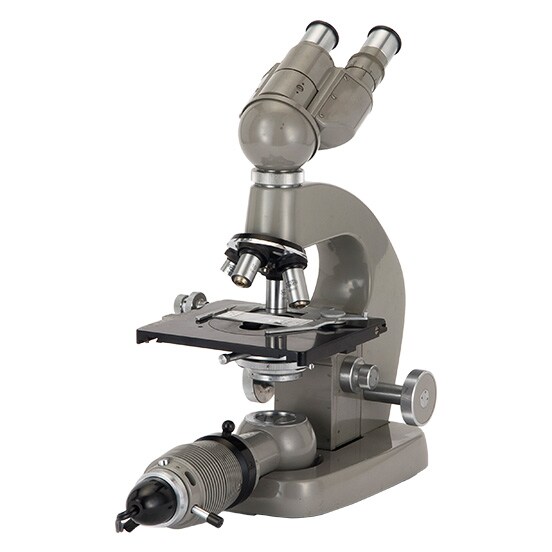DF Biological Microscope
- Microscope Classroom
- Learn about microscope (Japanese text only)
- Terminología
- Microscopy Resource Center
- The Olympus Museum: Microscopes
- The Olympus Museum
Sorry, this page is not
available in your country.
